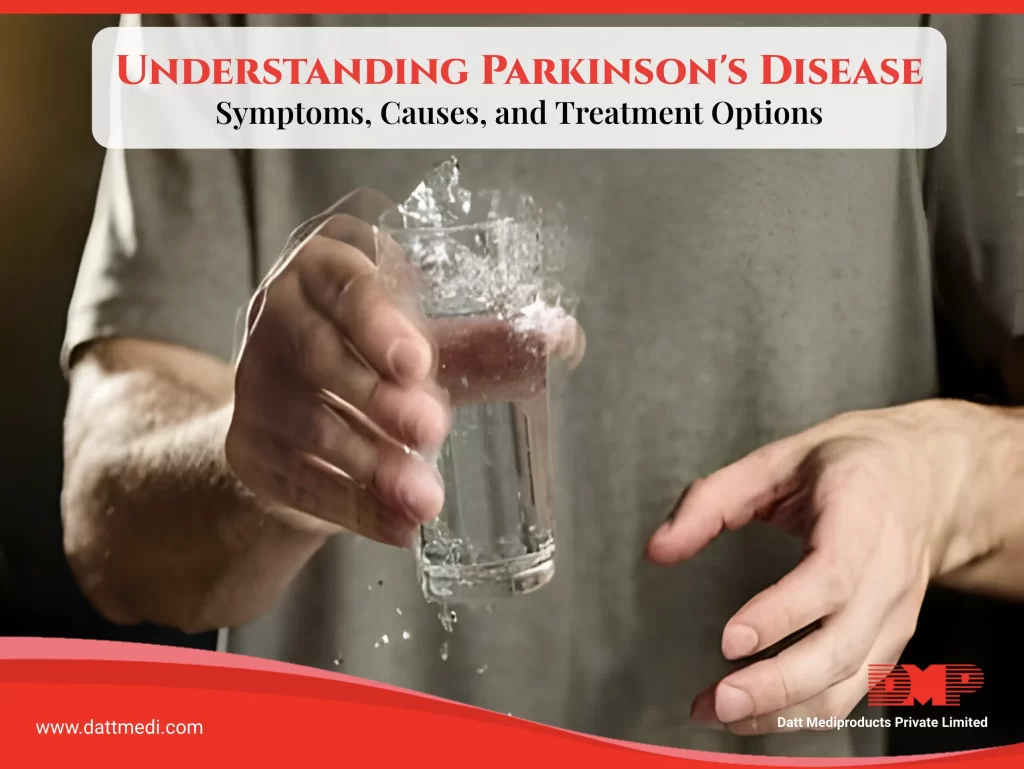There are many people who suffer from inherited bleeding disorders like hemophilia, von Willebrand disease, rare factor deficiencies and inherited platelet disorders. The World Federation of Hemophilia has provided leadership to improve and sustain caring for such people. People with bleeding disorders require special care and treatment.
They would also need
- Trained experts who can properly manage and diagnose patients.
- People who advocate for sufficient supply of safe treatment products.
- Education and empowerment of people who suffer from bleeding disorders so that they can live a healthier, longer and more productive life.
In spite of the massive efforts being made by the WFH, there still remains a lot to be done. Most of the people with bleeding disorders do not get adequate treatment and moral support. This is the reason that the WFH has chosen as its vision ‘Treatment for all’. They are diligently working towards a future where people with bleeding disorders will get the best treatment. This is a worldwide effort and no distinction is made based on ethnicity or citizenship.
The WFH is a non-profit organization and was established in the year 1963. Today it has developed into a global network of patient organizations in 134 countries and is officially recognized by the World Health Organization (WHO).
Special attention towards inherited bleeding disorders is necessary because most of the times they are difficult to diagnose. There are very few trained medical professionals who know how to treat these disorders. The WFH is trying to make a difference by creating more awareness about bleeding disorders and also bringing the attention of the common people. Some people who are suffering from bleeding disorders don’t even realize what is actually wrong with them, and by educating the masses the WFH is making sure that people realize how important it is to the diagnosis and treat patients.
Datt Mediproducts
Datt Mediproducts Pvt. Ltd is playing our role in the efforts towards the proper treatment for bleeding disorder patients. Our medical products are of the highest quality and manufactured under stringent quality controlled facilities. Dr. Anupam Dutta, who will be representing Datt Mediproducts at this year’s WFH conference 2018, in Scotland, is an assistant professor of medicine in the Assam Medical College and hospital in Dibrugarh Assam. He started working in this capacity in the December of 2013 and continues to hold this position.
Apart from this Dr. Anupam Dutta** is associated with many other reputable organizations that are involved in the treatment of diseases like diabetes Mellitus and its complications, diabetic foot management, Hemophilia management and internal medicine. He is an expert on the treatment of bleeding disorders and hence has taken it upon himself to represent Datt Mediproducts at the yearly WFH conference 2018. You can look forward to the insight into our company’s efforts in helping the treatment of patients with bleeding disorders and other serious ailments.
Dr. Dutta has earned a great reputation in the medical fields worldwide. At the same time, Datt Mediproducts is making ever endeavor to deliver Next-Gen Healing Solutions to the society.
Want to know more about our company, products or about WFH 2018 Conference, please visit www.dattmedi.com
**The research by Dr. Anupam Dutta was not funded by Datt Mediproducts in anyway.






